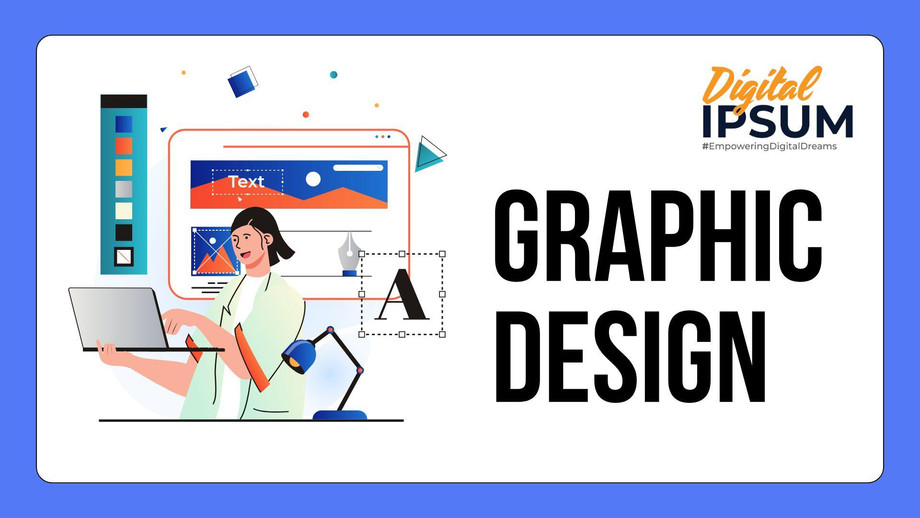Scrolling through endless feeds, we decide in seconds whether to stop and engage with something or keep moving. That’s where graphic design comes in. It’s not just about making things look pretty; it’s about creating visuals that stop people in their tracks and make them want to interact with your content. Whether you’re designing social media posts, website banners, or email campaigns, these three simple graphic design techniques can help you boost engagement and connect with your audience on a deeper level.
1. Play with Bold and Contrasting Colors
Colors are like the mood ring of design, they set the tone and evoke emotions. But here’s the thing: not all color combinations are created equal. To grab attention, you need to use bold and contrasting colors that make your designs stand out.
-
Why it works: Contrasting colors create a visual hierarchy, guiding the viewer’s eye to the most important parts of your design. Think of it like a spotlight, it shines on what matters most, whether it’s a headline, a call-to-action button, or a key image.
-
How to do it: Start by choosing a color palette that reflects your brand’s personality. Tools like Adobe Color or Coolors can help you find complementary colors. Then, use the 60-30-10 rule: 60% dominant color, 30% secondary color, and 10% accent color. This keeps your design balanced but dynamic.
-
Pro tip: Don’t go overboard with colors. Too many can make your design feel chaotic. Stick to 2-4 colors for a clean, cohesive look.
2. Choose Typography That Tells a Story
Fonts are more than just letters, they’re a way to express your brand’s voice. The right typography can make your message feel professional, playful, elegant, or bold. It’s all about choosing fonts that align with your brand and enhance your message.
-
Why it works: Typography sets the tone of your design. A sleek sans-serif font can give off a modern, professional vibe, while a handwritten script can feel personal and creative. It’s like choosing the right outfit for an occasion, it makes an impression.
-
How to do it: Pair two fonts, one for headings and one for body text to create contrast and hierarchy. Make sure your fonts are easy to read, especially on smaller screens. Tools like Google Fonts or Adobe Fonts are great for exploring options.
-
Pro tip: Play with font sizes, weights, and spacing to emphasize key points. For example, make your headline big and bold, and keep your body text simple and clean.
3. Embrace Negative Space (It’s Not Just Empty Space)
Negative space, or white space, is the unsung hero of design. It’s the empty area around your text, images, and graphics. While it might seem like “nothing,” it’s actually one of the most powerful tools in your design toolkit.
-
Why it works: Negative space gives your design room to breathe. It reduces clutter, makes your content easier to read, and helps the important elements stand out. It’s like decluttering your closet, it makes everything easier to find.
-
How to do it: Don’t overcrowd your design. Leave plenty of space around text, images, and other elements. Use grids or alignment tools to keep everything organized and balanced.
-
Pro tip: Negative space doesn’t have to be white it can be any color or even a subtle pattern. The key is to use it intentionally to create focus and clarity.
Conclusion
Graphic design isn’t just about making things look good, it’s about creating visuals that connect with your audience and inspire them to take action. By using bold and contrasting colors, choosing typography that tells a story, and embracing negative space, you can create designs that are not only eye-catching but also meaningful.
The best part? You don’t need to be a professional designer to use these techniques. Start small, experiment, and see what works for your brand. Over time, you’ll develop a design style that resonates with your audience and helps you stand out in a crowded digital world.
So, what are you waiting for? Start designing, and watch your engagement grow!

